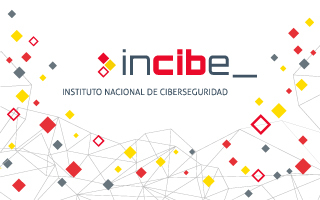


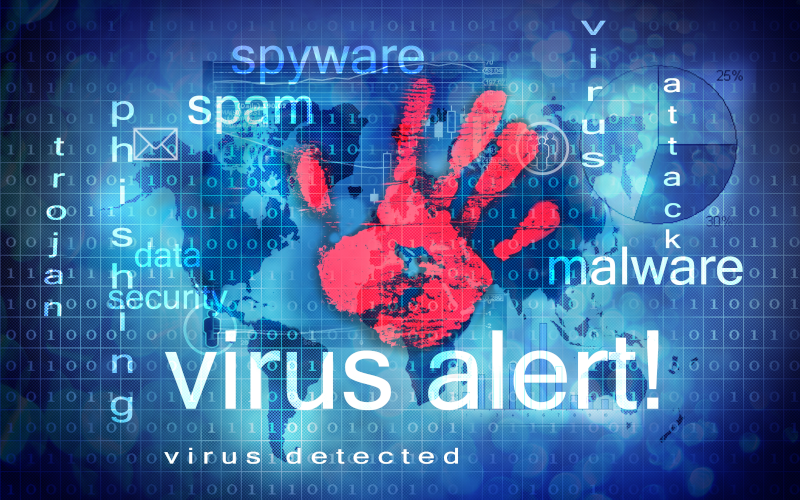
The increasing development of malware targeting the industrial world has not halted its momentum in the slightest. Several research groups have detected a new malware called Fuxnet and are currently investigating its scope. This malware has the capability to send specific requests at the serial level, via RS485/MBus, executing floods to more than 87.000 assets, including control systems and integrated sensors deployed across different sectors. Among the infrastructures compromised by this malware, we find hospitals, airports and other critical infrastructures that provide essential services to the population.

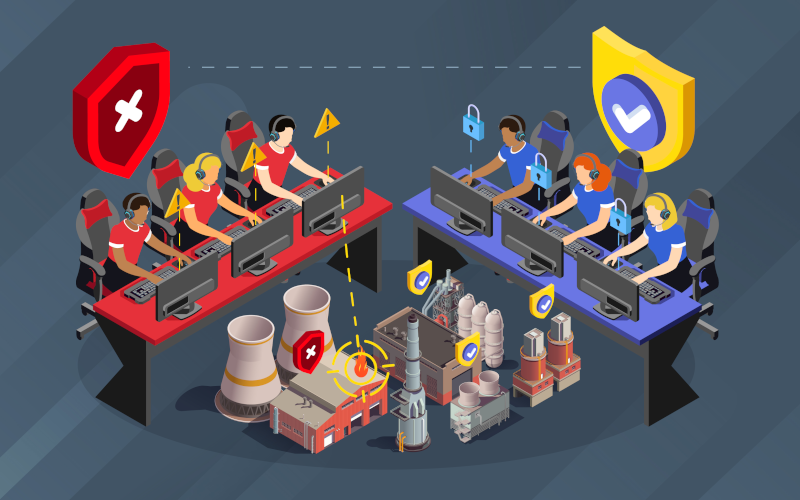
MITRE Caldera OT stands out mainly for being an open-source tool that allows the simulation of different cyber-attacks in industrial environments. This tool was created by MITRE and CISA (US Cybersecurity and Infrastructures Security Agency), as the experts saw the need to be able to improve and understand cybersecurity in industrial environments without using a high number of resources.
In addition, this tool is designed to be used by both the Red Team and the Blue Team, allowing both teams to collaborate with each other to improve the level of cyber security in these environments.
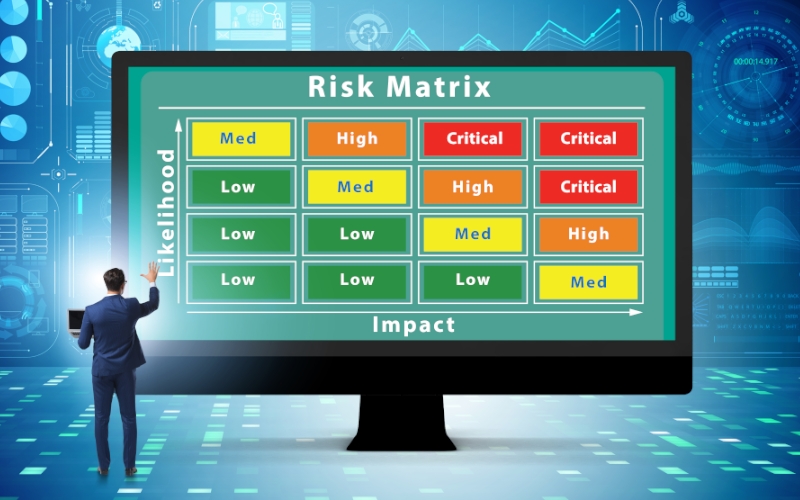
In the era of interconnection and digitization, industrial control systems (ICS) are increasingly exposed to cyber threats. These systems are vital for energy production, manufacturing and critical infrastructure management, and their protection has become an essential priority.
Risk analysis is fundamental in this context, as it allows identifying, assessing and prioritizing the risks that can affect ICS. This process, ranges from technical vulnerabilities to emerging threats, and is crucial for developing effective mitigation and protection strategies.
In this article, the challenges and solutions related to risk analysis in ICS will be explored, as well as the importance of the IEC 62443-3-2 standard in this critical process.

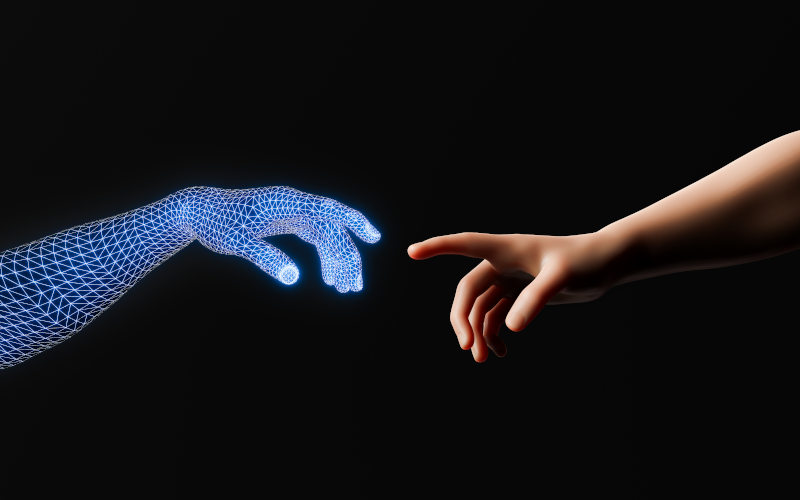
The digital twins are virtual recreations of real-world objects or processes. This innovative idea, proposed by Dr. Michael Grieves, has become increasingly relevant in various industrial sectors thanks to the advancement of technologies such as 3D modelling, the Internet of Things (IoT), the IIoT (Industrial Internet of Things), machine learning and big data. Its application makes it possible to simulate and analyse physical processes efficiently, thus contributing to the digital transformation of industry, also known as Industry 4.0.
The fundamental purpose of digital twins is to facilitate the understanding of how elements operate in the physical world. For example, in manufacturing, it is possible to create a digital twin of a factory and through simulations explore different scenarios: what would happen if a machine were modified, how would it impact production, and what would happen if a machine were changed? The digital twin provides answers before real changes are made to the physical environment, speeding up decision-making and optimising processes.



